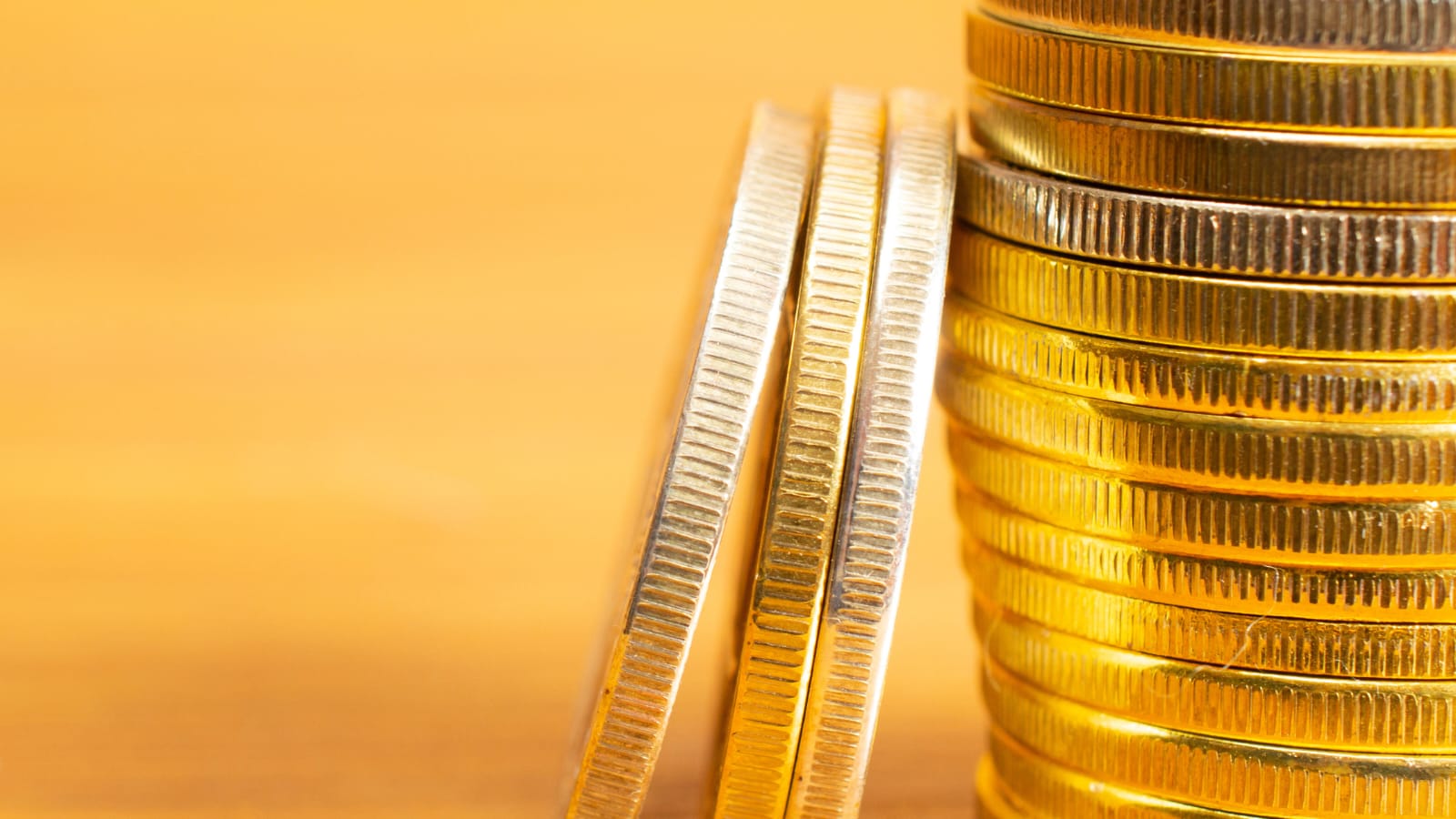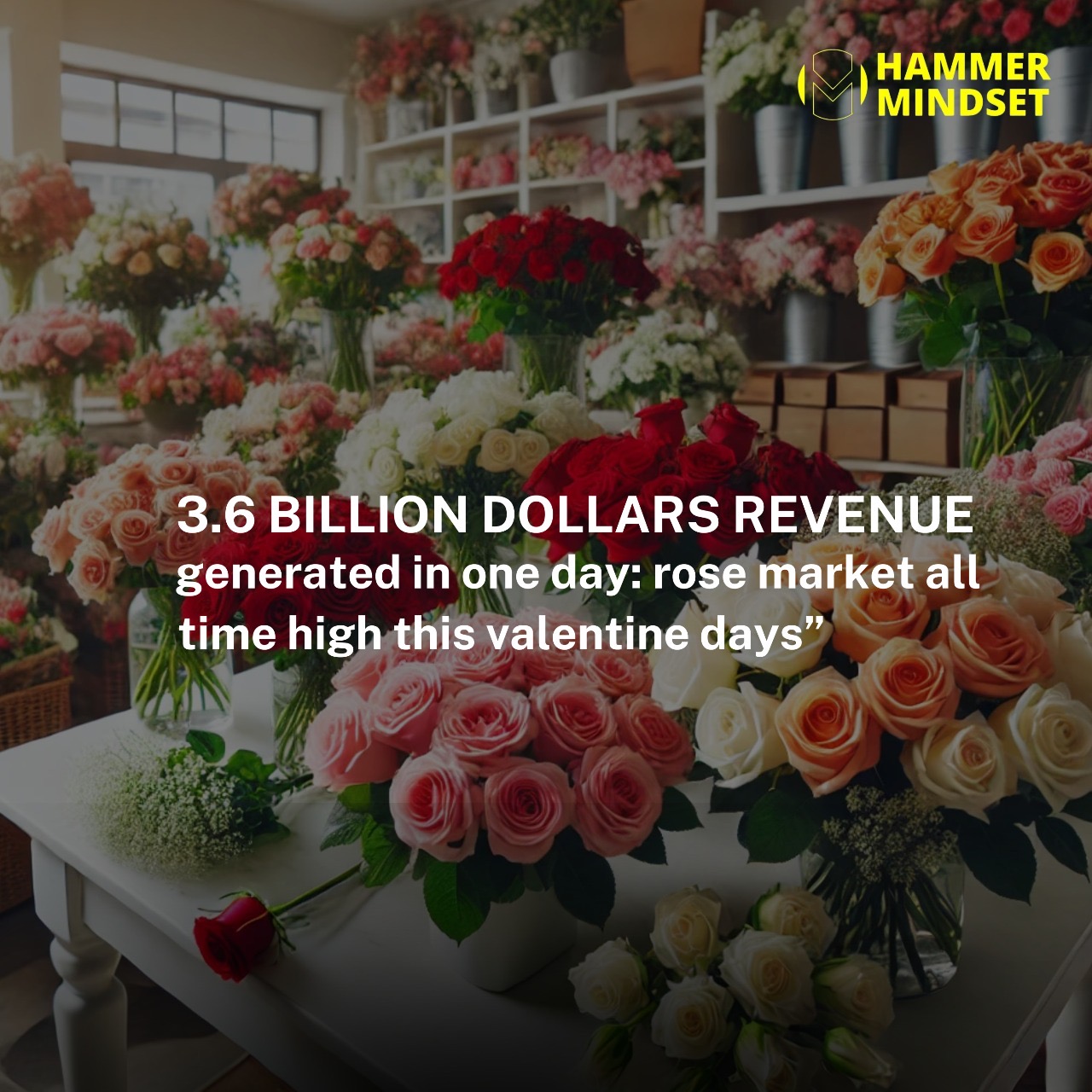In a week that mirrored optimism across the region’s financial sectors, the Qatar Stock Exchange (QSE) ended with a modest gain, reinforcing its position as a stable and resilient player within the Middle East’s broader economic narrative. As investors anticipate upcoming first-quarter earnings for 2025, Qatar’s capital markets continue to reflect a blend of prudence and opportunity, attracting attention both locally and globally.
Investor Confidence Grows as Earnings Season Approaches
The QSE Index closed the week at 10,135.84 points, gaining 40.75 points, or 0.4 percent. This rise may appear modest in numerical terms, but symbolically, it speaks volumes about investor sentiment within Qatar and its role in the Middle East’s financial dynamics. The anticipation surrounding first-quarter earnings reports for listed companies has injected a sense of cautious optimism, especially as several economic sectors continue to adapt to evolving global market conditions.
Market watchers have noted that such weekly movements, while not always headline-grabbing, contribute to a consistent trend of recovery and maturity across Middle Eastern stock exchanges. In particular, the QSE’s resilience around the 10,000-point mark has underscored its capacity to remain balanced amid global and regional uncertainties.
Market Capitalisation Reflects Steady Institutional Support
Market capitalisation—a key indicator of investor valuation—rose by 0.8 percent over the week, reaching QR597.6 billion from the previous QR593.1 billion. This increase indicates confidence among large-scale investors, even as individual equities performed with mixed outcomes. Of the 53 companies listed on the exchange, 26 registered gains, while 27 experienced losses.
The mix of performance outcomes demonstrates a healthy and dynamic market environment, where valuations are driven by sector-specific realities rather than speculative volatility. It also showcases how Qatar’s exchange, much like others in the Gulf Cooperation Council (GCC) region, is increasingly aligning with international standards of corporate disclosure and investor transparency.
Top Performers and Industry Leaders Make an Impact
One of the standout performers of the week was Vodafone Qatar, which surged by 7.6 percent. Its rally came as the telecommunications sector across the Middle East continues to expand with increased consumer demand, digitisation initiatives, and wider mobile infrastructure rollout.
On the other hand, Aamal Holding saw a decline of 5 percent, making it the worst-performing stock of the week. While individual company results may vary, these shifts contribute to the overall sense of accountability and analytical depth within Qatar’s stock exchange—a sign of a maturing market.
Among the key blue-chip stocks, Ooredoo, QNB Group (QNB), and Industries Qatar (IQ) stood out as the primary drivers of the QSE’s weekly rise. Ooredoo contributed 31.06 points, QNB added 20.68 points, and IQ chipped in with 14.62 points. These giants of Qatar’s industrial and financial ecosystem represent the broader economic narrative of the Middle East—a region where traditional industries increasingly blend with technological transformation.
Trading Activity Declines but Long-Term Confidence Remains
Although the index rose, trading activity declined sharply over the week. The total traded value dropped by 46.5 percent, falling to QR1.57 billion from QR2.94 billion the previous week. The number of transactions decreased by 56.9 percent to 73,419, while the traded volume dipped 44.6 percent to 693.2 million shares.
While this drop in activity may raise short-term questions, analysts suggest that it reflects a natural pause as investors await critical first-quarter earnings announcements. Lower volumes often precede significant information releases, as traders and institutions position themselves for new data that could reshape valuations.
Qatar Islamic Bank (QIB) topped the value chart with QR117.9 million in total trades. Meanwhile, Ezdan Holding Group led in trading volume, with a substantial 70.5 million shares exchanged during the week. These figures highlight the importance of both institutional capital flow and active retail participation—elements that continue to shape Qatar’s evolving market identity.
Shifts in Investor Demographics and Capital Movements
One of the notable aspects of the week was the behaviour of institutional and retail investors, both local and foreign. Foreign institutional investors became net buyers, with net purchases of QR42.7 million, reversing last week’s trend when they were net sellers by QR45.9 million. This reversal signals renewed international confidence in Qatari equities.
Conversely, Qatari institutions adopted a more cautious approach, with net selling of QR15.9 million. Both Qatari and foreign retail investors also recorded net selling of QR13.4 million each, indicating a general mood of recalibration ahead of earnings season.
These movements reflect a growing sophistication in the Qatari and Middle Eastern capital markets. The presence of foreign institutions, the diversification of retail participation, and the balance of buy-sell dynamics all point to a regional marketplace that is becoming more integrated with the global financial ecosystem.
Year-to-Date Trends and the Global Context
So far in 2025, foreign institutions remain net sellers of Qatari equities to the tune of $327.8 million. Similarly, GCC institutions have a net short position of $76.6 million. These figures, while reflective of broader macroeconomic conditions, also offer insights into capital flow trends that affect the entire Middle East.
Fluctuations in foreign investment are not unique to Qatar. Across the GCC, stock exchanges in Dubai, Abu Dhabi, and Riyadh are also navigating the complexities of global monetary policies, geopolitical developments, and inflationary concerns. The Middle East’s financial markets are becoming more correlated with global trends while maintaining their local growth ambitions.
Geopolitical Shadows and Economic Resilience
According to financial analyst Youssef Bouhlaika, the QSE’s ability to stay above the psychological 10,000-point threshold is a testament to its underlying strength. He noted that optimism was buoyed by the temporary suspension of U.S. tariffs on selected nations. This move, viewed by many as a sign of easing global tensions, followed a period of concern over President Donald Trump’s decision to raise tariffs on Chinese goods to 145 percent.
While global politics continues to cast long shadows over trade and investment decisions, the Middle East, and Qatar in particular, have shown remarkable adaptability. Whether through diversification policies or infrastructure development, nations in the region are preparing to weather external economic headwinds with increasing confidence.
First Quarter Earnings to Shape Market Direction
The coming week is set to be critical for the QSE, as listed companies begin to publish their financial results for the quarter ending March 31. These reports are expected to influence investor sentiment and could set the tone for Q2 2025.
Financial statements will likely shed light on sectors such as energy, finance, construction, telecommunications, and logistics—all vital pillars of the Middle East’s economic fabric. Investors will also be closely watching for signs of recovery or resilience in consumer-facing sectors, particularly in light of evolving regional consumption patterns.
The Middle East’s Broader Financial Narrative
Qatar’s performance this week is not just an isolated indicator; it forms part of a larger story unfolding across the Middle East. Regional capital markets are steadily becoming platforms for growth, innovation, and long-term investment. While global uncertainty remains a challenge, the Middle East’s proactive approach—driven by fiscal reforms, diversification agendas, and investor-friendly policies—continues to shape its rising financial influence.
The story of QSE’s modest but meaningful gain is ultimately one of quiet confidence. As investors in Doha, Riyadh, Abu Dhabi, and beyond prepare for the next phase of corporate disclosures, the financial infrastructure of the Middle East appears poised for continued evolution.
Regional Resilience Meets Global Integration
Qatar’s weekly market performance, underpinned by strong corporate players, balanced investor sentiment, and strategic capital flow, highlights the growing maturity of Middle Eastern financial markets. It’s a reminder that progress in the region is not always loud or dramatic—it is consistent, calculated, and crafted for sustainability.
In the weeks ahead, as economic data deepens and financial trends sharpen, investors and analysts alike will continue to look to the Middle East not just for opportunities, but for insights into a region steadily carving its niche in the global economic order.









1 Comment
[…] initiatives are not isolated. Across the GCC, there is growing recognition of the importance of creating investor-friendly environments that […]
Comments are closed.